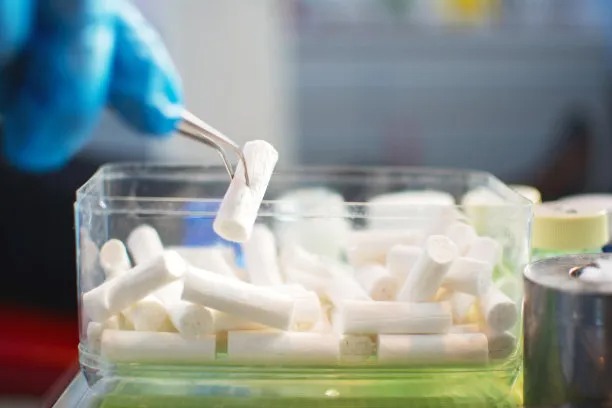The Essential Guide to Safely Extracting a Tooth for Optimal Dental Health and Recovery
Summary: Tooth extraction is a significant dental procedure that requires careful consideration and planning to ensure optimal dental health and recovery. This essential guide covers four critical aspects of tooth extraction, including the preparation required before surgery, the procedure itself, post-extraction care, and recognizing complications that may arise. By following these guidelines, patients can ensure a smoother extraction process and promote better healing outcomes. Ultimately, the information provided in this guide empowers individuals to make informed decisions regarding their dental health, leading to a healthier smile and improved overall well-being.
1. Preparing for Safe Tooth Extraction

Before undergoing a tooth extraction, adequate preparation is essential. This preparation starts with a comprehensive dental examination by your dentist, who will assess your oral health and determine the necessity of the extraction. Patients need to share their complete medical history, including any medications they are taking, allergies, and existing health conditions, as these factors can influence the extraction process.
Additionally, it is crucial to have realistic expectations about the procedure. Understanding what will happen, potential discomfort, and the estimated time for recovery can alleviate anxiety. Your dentist may also recommend imaging, such as X-rays, to visualize the tooth’s position and surrounding structures, ensuring a well-informed extraction plan.
Furthermore, patients should prepare for their recovery by arranging post-procedure transportation and planning for a few days off work or school, if necessary. Ensuring that soft foods are available at home and preparing an ice pack can facilitate a smoother recovery process.
2. Understanding the Extraction Procedure
The tooth extraction procedure itself is usually straightforward but can vary depending on the tooth’s location and condition. Initially, the dentist will administer local anesthesia to numb the area around the tooth, ensuring that the patient experiences minimal pain during the process. For more complex extractions, sedation options may be available to help the patient relax.
Once the anesthesia takes effect, the dentist will use specialized instruments to loosen the tooth from its socket. For impacted teeth or those with extensive decay, the dentist may need to remove bone tissue or divide the tooth into smaller pieces for easier extraction. This step ensures that the tooth is removed safely and efficiently.
After successfully extracting the tooth, your dentist will clean the extraction site and may place a gauze pad over the area to control bleeding. Detailed post-operative care instructions will be provided, guiding the patient on how to care for the extraction site and what symptoms to monitor.
3. Post-Extraction Care for Optimal Recovery
Proper post-extraction care is vital for a smooth and uneventful recovery. Immediately following the procedure, patients should bite down gently on the gauze pad to help clot the blood and reduce bleeding. It is important to avoid strenuous activity, smoking, and alcohol consumption for at least 24 hours after the extraction, as these can impede healing.
Patients should follow their dentist’s instructions regarding pain management. Over-the-counter pain relievers may be recommended, and applying an ice pack to the outside of the jaw can help reduce swelling. Soft foods, such as yogurt, pudding, and smoothies, should be consumed for the first few days to avoid irritation at the extraction site.
Monitoring the extraction site for any signs of infection or complications is also critical. If symptoms such as severe pain, prolonged bleeding, or fever occur, the patient should contact their dentist immediately. Following these care instructions significantly enhances recovery and promotes optimal dental health.
4. Recognizing Complications After Extraction
While tooth extractions are common procedures, there are potential complications that patients should be aware of post-extraction. One common issue is dry socket, which occurs when the blood clot at the extraction site becomes dislodged or dissolves prematurely. This condition can cause severe pain and delay healing.
Infection is another possible complication, which can occur if bacteria enter the extraction site. Signs of infection may include increased swelling, pain, and discharge from the site. Patients should be vigilant in monitoring their recovery and follow their dentists prescribed post-operative care to mitigate these risks.
Additionally, some patients may experience prolonged bleeding that requires additional dental visits for management. Staying informed about these complications allows patients to respond quickly, ensuring they maintain optimal dental health following the extraction.
Summary:
In summary, safely extracting a tooth involves thorough preparation, a well-executed procedure, diligent post-extraction care, and awareness of potential complications. Each step plays a vital role in ensuring that patients experience minimal discomfort and optimal recovery. By understanding these essential aspects of tooth extraction, individuals can navigate the process with confidence, leading to enhanced dental health.
This article is compiled by Vickong Dental and the content is for reference only.



